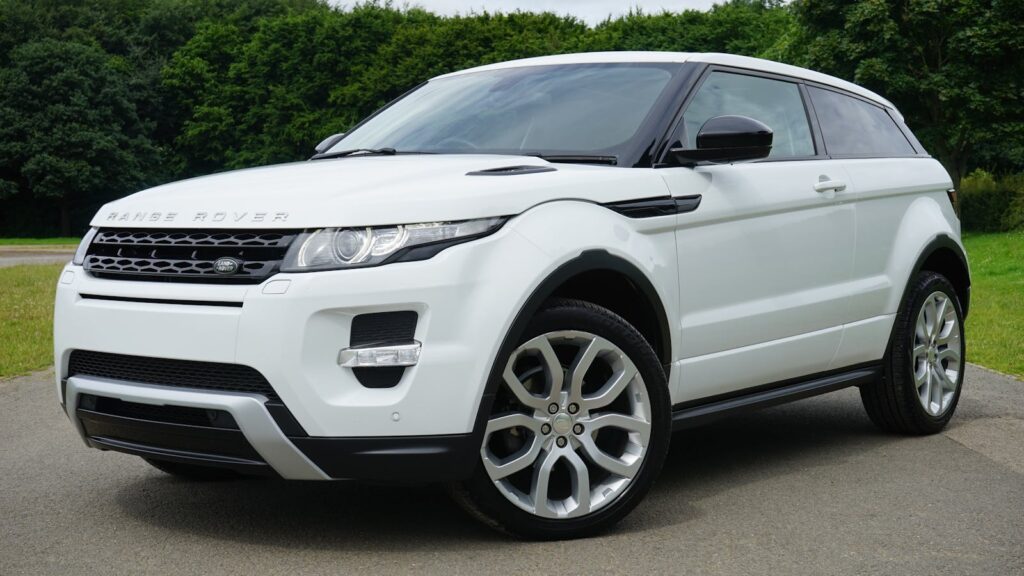
The automotive market, after years of unprecedented volatility, is gradually settling into a new rhythm. While some aspects of normalcy, like seasonal price fluctuations and increasing dealership inventory, are returning, the landscape for car shoppers remains complex. New car prices, having surged by 27% over the past five years, hover just below their late 2022 record highs, prompting critical questions about affordability and value for consumers in the year ahead.
As we look towards 2025, a confluence of economic factors, technological advancements, and shifting consumer preferences are poised to redefine the car buying and selling experience. From evolving pricing strategies by automakers to the persistent challenges in the used car sector, understanding these dynamics is paramount for anyone navigating the purchase of a vehicle. Our objective is to provide an unbiased, data-driven analysis, offering practical insights to help consumers make informed decisions in a market that continues to present both opportunities and significant hurdles.
This in-depth article, drawing upon extensive industry analysis and expert predictions, will explore the key trends and forecasts for 2025. We will dissect how automakers are responding to consumer demand, the often-overlooked impact of global trade policies, the intricate dance of interest rates, and the promising, yet challenging, trajectory of electric vehicles. Our goal is to equip you, the consumer, with the knowledge necessary to confidently approach your next car purchase, ensuring you understand where the market is headed and what that means for your wallet.
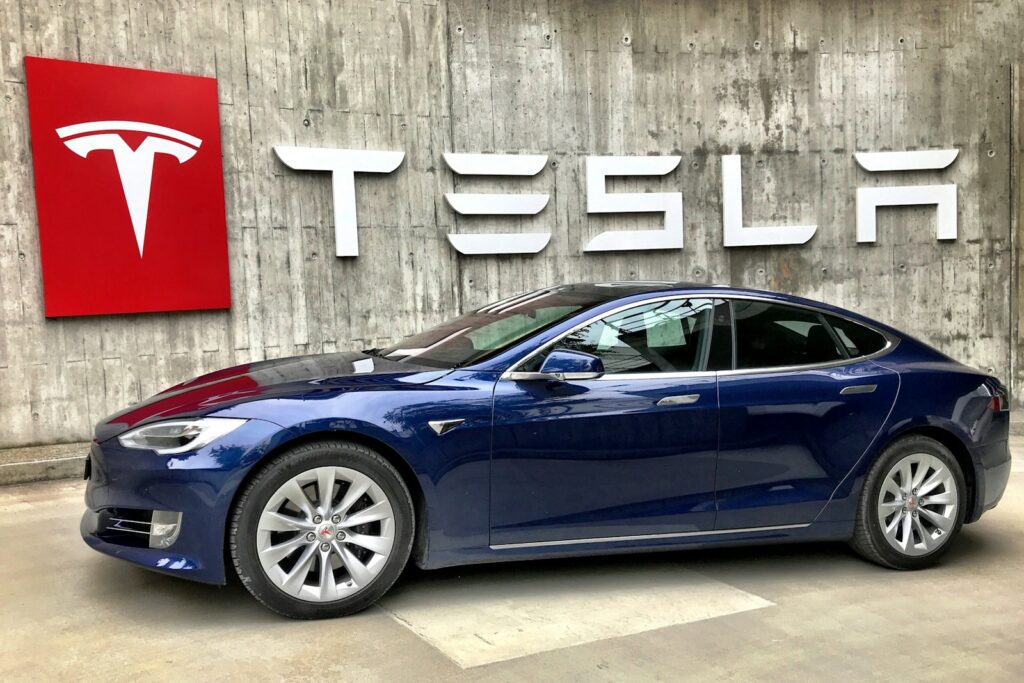
1. **Overall Market Pricing Trends: New Cars Facing Pressure**The current automotive market presents a clear disconnect: consumers overwhelmingly aim to spend $35,000 or less on their next new vehicle, yet the average transaction price in mid-2024 stood at a substantial $47,870. This significant mismatch between buyer expectations and available offerings is creating palpable pressure on automakers, pushing them to reconsider their pricing and sales strategies.
After a period of sustained growth, new car sales have begun to level off. The second quarter of 2024 saw a marginal increase of just 0.1% from the previous year, signaling a plateau. This stagnation in sales, coupled with rising inventory levels, means that the market may finally be tilting back in favor of the consumer, albeit slowly.
Automakers are increasingly turning to incentives as a primary tool to attract buyers. Recent data from Cox Automotive indicates that manufacturer incentive spending, as a percentage of the selling price, has reached its highest level since 2021. Industry analysts largely anticipate that these incentives will continue to grow throughout 2025, offering a much-needed reprieve to price-sensitive consumers.
CarEdge co-founder Ray Shefska, an industry veteran with four decades of experience, explains this dynamic clearly. He states that automakers are under immense pressure to lower prices, but often prefer indirect methods. “They don’t like to lower MSRPs, it’s almost seen as a sign of defeat,” Shefska notes. “But what automakers are more than willing to do is increase incentives. That’s exactly what I expect to see in 2025.” This strategic preference allows manufacturers to maintain the perceived value of their vehicles while offering tangible savings to buyers.
Indeed, the forecast for 2025 suggests a gradual decline in new car prices, estimated to be between 3% and 5% by late in the year. This reduction will not primarily come from official MSRP cuts, which are unlikely for most models. Instead, it will manifest through more generous incentives, including higher cash discounts, more prevalent zero-percent financing deals, and increasingly attractive lease offers. These efforts aim to move inventory and respond to consumer pushback against stubbornly high prices.
Read more about: Unpacking the U-Turn: 14 Key Reasons EV Owners Are Considering a Switch Back to Internal Combustion
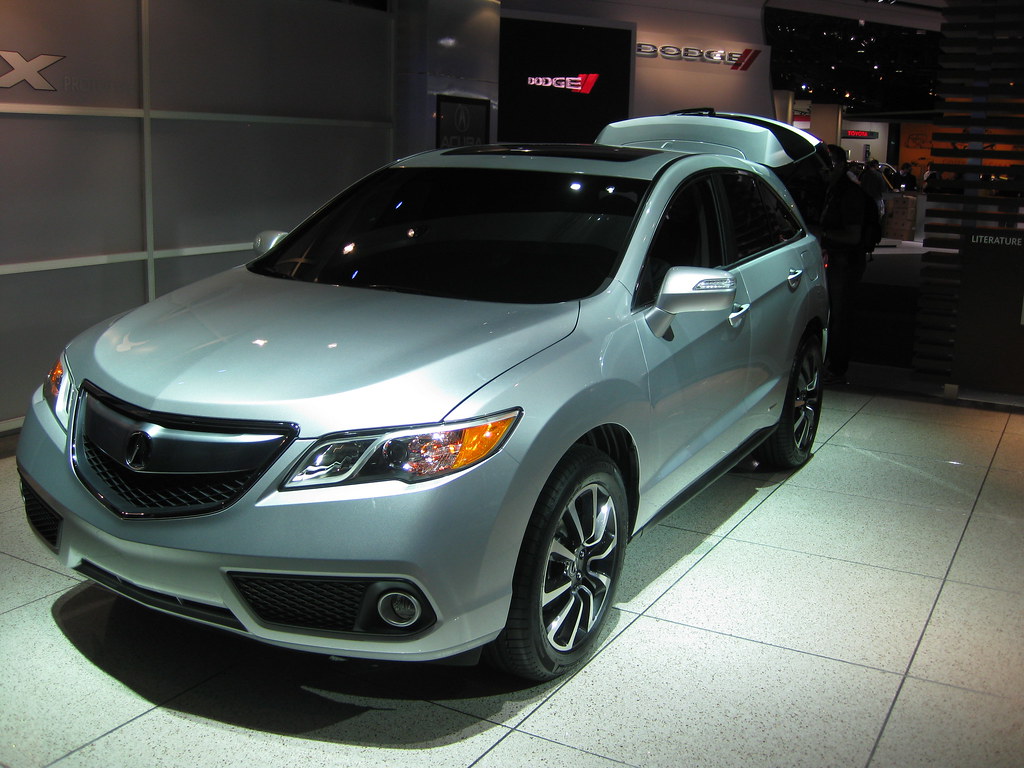
2. **The Impact of Tariffs on Vehicle Pricing and Availability**One of the most significant external factors poised to influence the automotive market in 2025 is the threat of new tariffs. In early 2025, tariffs on imports from key trade partners, particularly Mexico, Canada, and China, are actively being considered. These tariffs are not a blanket measure; their impact will disproportionately affect certain automakers and models due to their manufacturing footprints.
Automakers with major manufacturing presences in Mexico and Canada, such as General Motors, Ford, and Volkswagen Group, are expected to be particularly vulnerable. These companies could face tariffs of up to 25% on vehicles imported from North American countries, a substantial increase in their cost base. The critical question for consumers is how these added costs will be absorbed or passed on.
The consensus among industry observers is that automakers will pass these increased costs on to consumers, but not always in the most obvious way. While direct price hikes are possible for some models, a more common strategy will likely involve the disappearance of existing incentives. For models impacted by tariffs, buyers might find that cash discounts vanish, financing APRs become less favorable, and lease terms become significantly less attractive.
This creates a complex environment where some vehicles might see their effective prices rise even if their MSRP remains unchanged. The effect could be a reduction in overall affordability for specific tariff-affected models, limiting consumer choice and potentially pushing buyers towards alternative brands or segments not subject to these import duties. The longer these tariffs persist, the greater their impact will be on consumer wallets, creating sustained upward pressure on prices for affected vehicles.
Interestingly, the mere announcement of proposed auto tariffs in Q1 2025 already triggered a notable shift in consumer behavior. Dealerships observed a surge of buyers in the second quarter, eager to purchase “tariff-free” inventory before any potential price adjustments. This phenomenon, referred to as “pull-ahead” purchases, led to the most significant increase in new car sales in four years, as consumers sought to lock in prices ahead of anticipated hikes.
Read more about: The Electrifying Pace: Unpacking How 2025 is Transforming EV Charging Speeds and Access Across Global Regions

3. **Interest Rate Dynamics and Evolving Financing Options**High interest rates have been a significant barrier for many car shoppers, particularly those seeking zero-percent financing. A recent Edmunds survey revealed a staggering disconnect: more than a third of new car shoppers are targeting interest rates between 0% and 3%, yet in reality, zero-percent financing constituted only 4% of all new cars financed in July 2024. This expectation gap highlights the financial strain many buyers face.
Fortunately, there is positive news on the horizon. Interest rates have begun a slow, steady descent. This easing, while welcome, has been somewhat tempered by the looming threat of tariffs and persistent recession fears among some economists. Should a broader economic downturn occur, the entire auto market could shift unexpectedly, underscoring the delicate balance of current economic indicators.
Assuming a stable economic environment, interest rates are projected to continue their gradual decline throughout 2025. This trend positions captive lenders—financial institutions directly affiliated with automakers—to significantly increase their market share. According to recent data from Experian, this trend is already underway, as captive lenders are uniquely equipped to offer highly competitive financing deals.
Captive lenders possess a distinct advantage: they can provide low-APR or even zero-percent financing deals because manufacturers reimburse them for the difference. This mechanism explains the common choice car buyers face between a low-APR offer and a cash discount; the underlying cost to the automaker for either incentive is approximately the same. For consumers, this means more attractive financing packages are becoming available.
Looking forward to 2025, these developments translate into a more favorable financing environment. We anticipate an increase in both strong financing and cash offers, alongside even more compelling lease deals, as automakers strategically work to maintain sales momentum. While MSRPs are largely expected to remain stable, the growing prevalence of these generous incentives will effectively drive down the average new car selling price, especially for models with higher inventory levels.
Read more about: Beyond Square Footage: Unpacking the Evolving American Dream as More Homeowners Rethink Downsizing
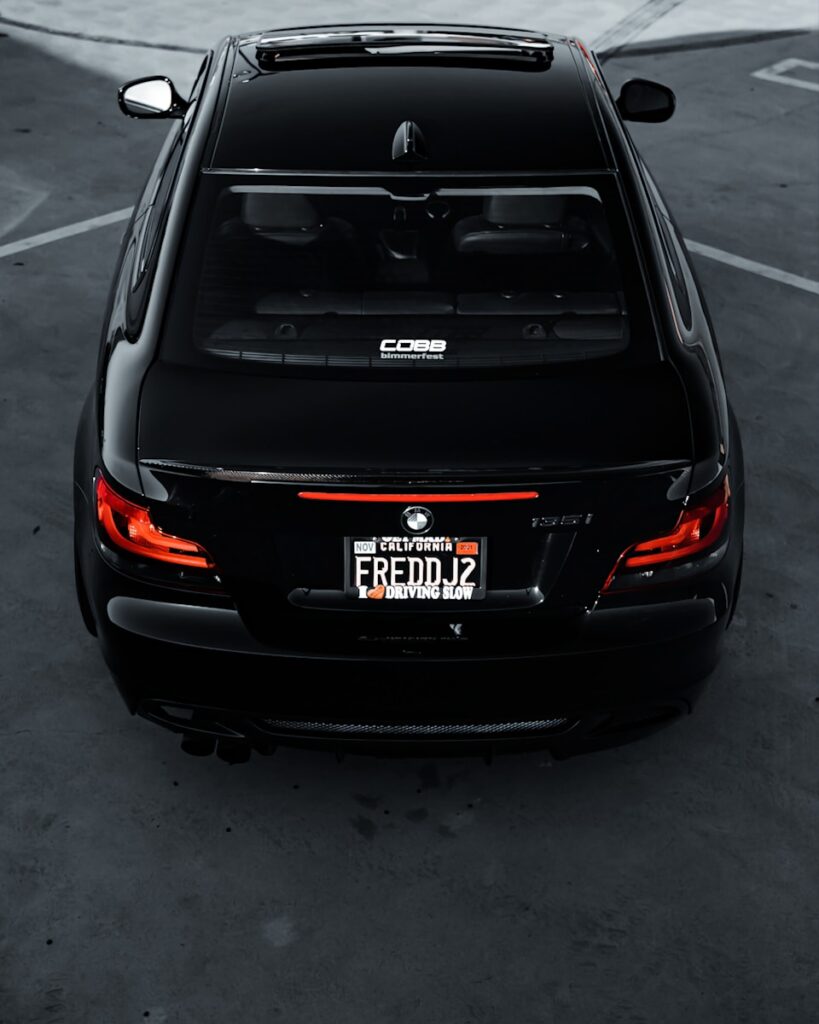
4. **The Evolving Electric Vehicle (EV) Market: Steady Growth and Shifting Dynamics**The electric vehicle market in the United States continues its trajectory of slow but steady expansion. In 2024, EVs accounted for between 7% and 9% of new car sales, and this growth is projected to continue, reaching an estimated 9.5% market share for battery electric vehicles (full EVs) in 2025. This incremental improvement signals a maturing market, moving beyond the initial rapid adoption phase.
Several factors are fueling continued interest in EVs. Outstanding incentives, both federal and manufacturer-specific, remain a powerful draw for potential buyers. Simultaneously, the expansion of charging networks across the country is addressing one of the most significant concerns for EV adoption: range anxiety and infrastructure accessibility. These developments, combined with a rapidly diversifying range of models, are drawing in a broader spectrum of car buyers.
By mid-2025, the number of electric models available for sale in the U.S. is expected to surpass 70, a substantial increase from the 57 models available today. This influx of new options from legacy automakers provides consumers with more choices than ever before, fostering competition and catering to diverse preferences. However, it’s worth noting that while EVs are growing, hybrid cars consistently outperformed EVs in global search interest in July 2024, peaking at 98 compared to EVs’ 52-69, indicating a strong consumer preference for hybrid technology.
Tesla, once the undisputed leader, has seen its EV market share fall below 50% for the first time. This decline is attributed to increasing competition from traditional automakers and a growing polarization around CEO Elon Musk’s public image. The opening of Tesla’s Supercharger network to non-Tesla vehicles, while beneficial for overall EV adoption, further accelerates this trend by providing more charging options for rival brands.
Despite the steady growth, EV prices are expected to remain near their current MSRP levels in 2025. However, the anticipated growth in EV incentives is projected to reduce the average selling cost for a new electric vehicle to approximately $53,000. This indicates a strategic effort by manufacturers to make EVs more accessible through financial incentives, rather than through direct price cuts.
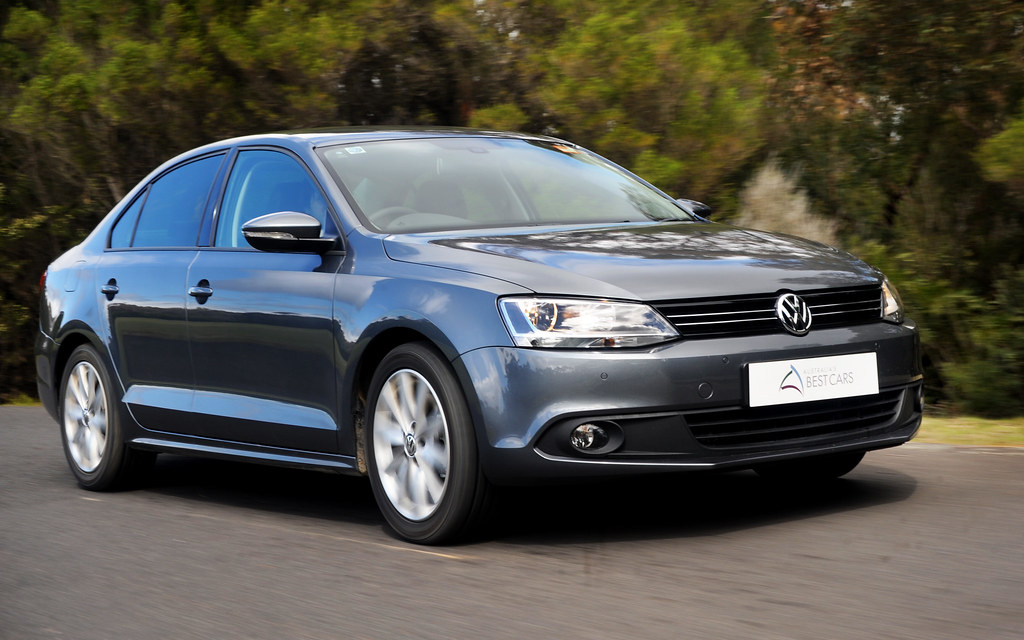
5. **The State of the Used Car Market: High Prices and Scarce Supply**The used car market presents a unique set of challenges and dynamics for 2025, making it considerably more difficult to forecast than its new car counterpart. For months, the average used car selling price has been stubbornly stuck in the range of $25,500 to $26,500. This is a significant jump from 2019, when the average used car first hit $20,000. A worrisome trend observed is the resistance of these prices to fall further, despite some market forces pushing in that direction.
CarEdge predicts that used car prices will largely remain stable in 2025, with only very slight movements reflecting typical seasonal trends. The average selling price for a used car is expected to hover near $25,500. This stability, however, masks a fierce competition, particularly for low-mileage vehicles, which remain in short supply.
There is a glimmer of hope for lower used car prices, primarily linked to the evolving new car market. As new car incentives increase and zero-percent financing deals become more common, a segment of would-be used car buyers is expected to flock to new car lots. This shift in demand could potentially reduce pressure on the used car market, causing prices to soften due to decreased buyer interest.
However, a significant, lingering impact of the pandemic continues to exert upward pressure on used car prices: a shortage of available vehicles. During 2021 and 2022, automaker shortages severely curtailed new car production and sales. Fast forward to 2024 and 2025, and the ripple effect is a dramatically reduced supply of used cars entering the market compared to historical norms. This scarcity acts as a powerful counterbalance to any downward price pressure from interest rate drops or new car incentives.
Indeed, in Q4 2024, prices of 3-year-old used vehicles actually increased by 3.3% year over year, reaching an average of $29,710. This rise in value was accompanied by a slightly slower turnover at dealerships, with the average days to turn for used vehicles increasing to 40 days. The outlook for used car shoppers hoping for a more stable market and stronger discounts in 2025 is challenging, facing both selection limitations and persistent high pricing. Furthermore, if tariffs on new cars lead to higher prices, more buyers might pivot to the used market, thereby driving used car prices even higher due to increased demand.
Read more about: From Workhorse to Wealth: Unpacking the Phenomenal Rise of Classic Trucks in the Collector Market
6. **The Role of Cutting-Edge Automotive Technology**The automotive sector in 2025 is increasingly defined by the rapid integration of cutting-edge technology, transforming both vehicle features and the purchasing experience. Artificial intelligence (AI) and software-defined vehicles (SDVs) are at the forefront of this evolution. Consumers are already leveraging AI to inform their financing decisions and aid in selecting vehicles. The emergence of SDVs, boasting novel features defined by software, enables continuous upgrades and new functionalities throughout a vehicle’s life cycle, much like smartphone updates.
AI’s influence extends significantly to how dealerships operate and strategize their sales. Dealers are now actively utilizing artificial intelligence to analyze intricate market trends, allowing them to adjust pricing in real time and optimize their inventory management. This data-driven approach proves instrumental in making more competitive and profitable decisions within a highly dynamic market environment. The precision offered by AI in understanding market shifts provides a crucial advantage.
Beyond operational efficiencies, AI also plays a pivotal role in enhancing personalized customer interactions. It has become more critical than ever for dealerships to offer tailored services, including one-on-one engagements and targeted recommendations that precisely match consumer needs and wants. This human-centered customization, combined with AI insights, represents a unique value proposition, as genuine personal connection remains something AI alone cannot fully replicate.
Technological advancements are also profoundly shaping the vehicles themselves, with a strong focus on connectivity and semi-autonomous capabilities. Newer models are increasingly equipped with advanced telematics, real-time diagnostics, and the convenience of over-the-air updates, all designed to appeal to tech-savvy buyers. While fully self-driving cars are still a vision for the future, semi-autonomous features such as automated parking, lane assistance, and adaptive cruise control are rapidly becoming standard offerings across various models.
Ultimately, these technological strides are a direct response to evolving consumer demand, particularly among younger generations. A significant 72% of Millennials, for instance, prioritize tech features, actively driving the demand for more connected cars. However, this enthusiasm is balanced by a pragmatic view; 51% of U.S. consumers still express safety concerns regarding fully autonomous vehicles, even as AI integration is widely recognized as beneficial for enhanced driving experiences.
Read more about: Hollywood’s Unseen Artisans: Unveiling the 14 Studio Secrets That Forge Movie Magic
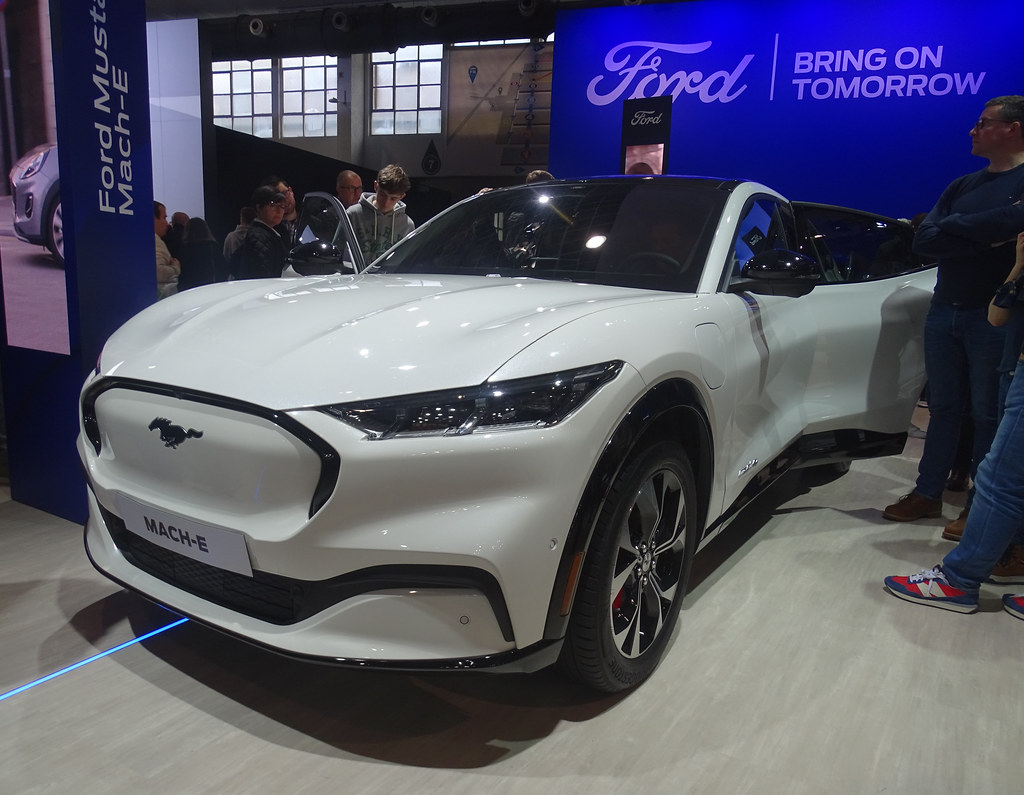
7. **Shifting Consumer Purchasing Preferences and Digital Engagement**The landscape of car buying is undergoing rapid transformation, as consumer habits adjust to economic conditions, sustainability concerns, and innovative ownership models. Global search interest highlights a distinct preference: hybrid cars consistently outperformed electric vehicles (EVs) and compact cars. Hybrid queries peaked at 98 in July 2024, while EVs fluctuated between 52 and 69, indicating stronger immediate interest in hybrid technology.
Generational and demographic factors significantly influence purchasing decisions. Gen Z (18-29) prefers in-person buying, with 80% valuing tactile experiences and 56% choosing new cars. Millennials (30-44) are highly digitally engaged, with 70% using multiple devices for research and 47% prioritizing online convenience. Boomers (65+) demonstrate notable brand loyalty (48%) and a balanced approach between new (39%) and used (37%) car purchases. Interestingly, 41% of women purchase used cars compared to 30% of men.
The convenience and transparency offered by digital channels are becoming paramount in the modern car-buying journey. Digital retailing is firmly established as a primary sales channel, with customers anticipating a seamless online experience that encompasses transparent pricing, flexible financing, and home delivery services. Consumers are less reliant on a single dealership salesperson, instead turning to online media for extensive car-buying research. The impact of digital content is undeniable, with 80% of YouTube viewers citing video content as influential in their purchase decisions.
Despite advancements, significant consumer pain points persist concerning the traditional dealership experience and financing realities. A notable 70% of consumers express dissatisfaction with at least one aspect of dealership visits, and 55% feel they have been taken advantage of. These sentiments are exacerbated by current lending conditions, with new car loans averaging 9.17% and used car loans at 13.93%, highlighting financial pressures and underscoring the need for more customer-centric approaches.
Finally, the trend towards alternative ownership models and the sustained demand for used vehicles is reshaping the market. Many consumers are moving away from traditional ownership, with short-term leases and car subscription services gaining popularity for their flexibility. Consequently, with high new car prices, more buyers are looking at used and certified pre-owned vehicles, prompting dealerships to adapt by expanding their used car inventory and pricing competitively.
Read more about: Beyond the Showroom: 14 Transformative Digital Shifts Reshaping Car Dealerships by 2035
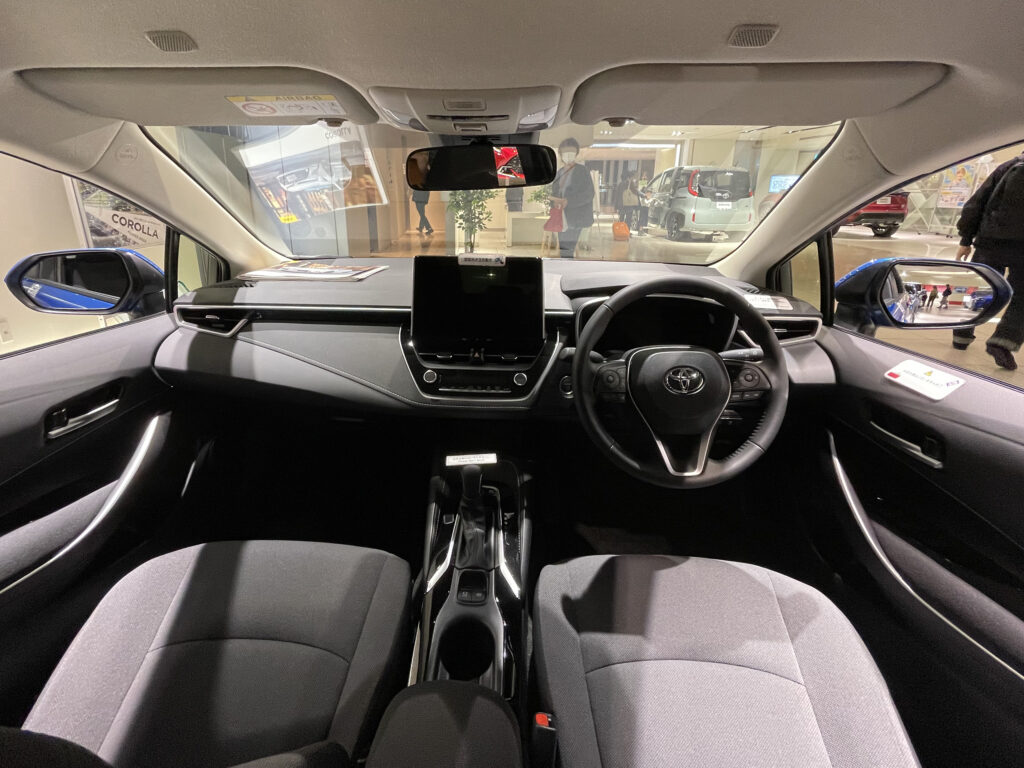
8. **Macroeconomic Wildcards and Their Unpredictable Influence**The automotive market, despite detailed forecasts, remains highly susceptible to a range of unpredictable macroeconomic wildcards. While industry predictions for 2025 are built upon numerous assumptions regarding the economy, interest rates, and consumer preferences, any significant shift in these underlying factors could drastically alter the market’s trajectory. This inherent uncertainty necessitates a vigilant approach from both consumers and industry stakeholders.
Several specific ‘wildcard scenarios’ are potential disruptors for the coming year, including the profound impact of long-lasting tariffs on trade partners like Canada and Mexico. Other risks are the ongoing threat of economic recession, persistent supply chain disruptions, political instability, potential labor strikes, sustained inflation, and various global conflicts. For instance, if tariffs drive new car prices higher, a notable shift in demand could occur as more buyers pivot to the used car market, potentially driving used car prices even higher due to increased competition.
Interest rate fluctuations represent another critical macroeconomic factor with a direct bearing on car affordability. Historically, high interest rates have substantially slowed car purchases, especially for new vehicles, compelling many buyers to search for more favorable financing deals or to consider used car alternatives. While there has been some welcome easing of rates, this positive trend has been somewhat curtailed by the looming threat of tariffs and persistent recession fears among certain economists, creating a delicate and precarious economic balance.
Furthermore, the stability of supply chains and volatility of fuel prices significantly influence consumer choices. While semiconductor shortages caused disruptions, automakers are now actively diversifying suppliers to mitigate future delays. Concurrently, gasoline prices directly impact demand for fuel-efficient and electric vehicles; lower fuel costs could decelerate EV adoption, whereas higher prices would inevitably steer consumers towards more economical hybrids and electric models.
Finally, the pervasive influence of inflation on overall vehicle pricing cannot be overstated. Rising costs for raw materials, manufacturing processes, and logistics—all direct consequences of inflationary pressures—are impacting vehicle prices across the entire market. Automakers are continuously challenged to strike a delicate balance between maintaining profitability and ensuring affordability to sustain sales in an environment where every cost component is under intense scrutiny, ultimately affecting the final price consumers pay.
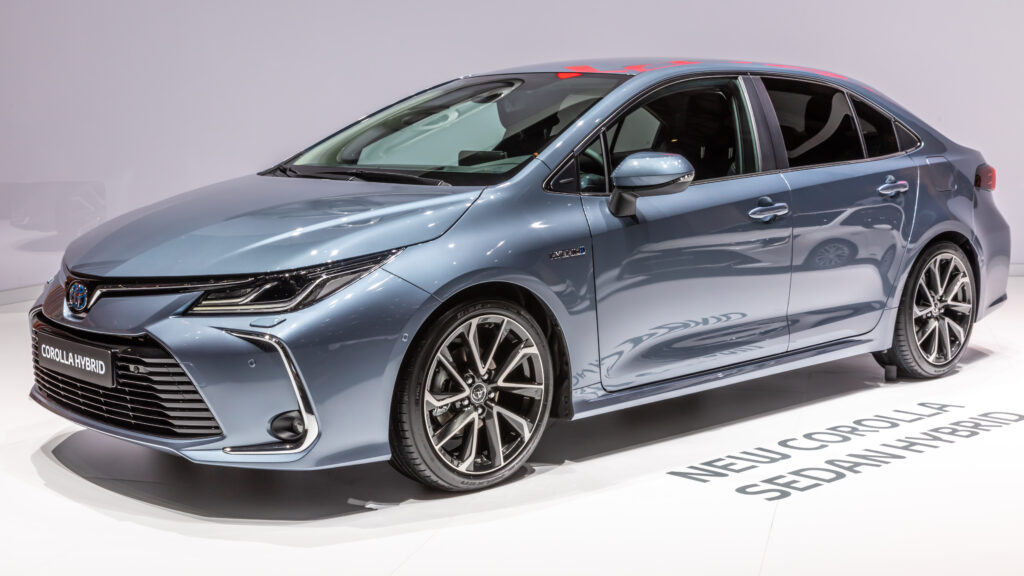
9. **Strategic Adaptations by Automakers and Dealers**In response to the complex and rapidly evolving market conditions, businesses within the automotive industry are proactively shifting their strategies to remain competitive and meet changing consumer demands. A core adaptation involves the implementation of highly optimized pricing strategies, where dealers increasingly rely on real-time market data to dynamically adjust pricing. This ensures they can stay competitive while simultaneously maximizing profitability. This data-driven approach is significantly enhanced by AI-powered pricing and inventory management systems, enabling dealers to analyze market trends and fine-tune their stock.
A crucial strategic pivot has been the expansion of used car inventories. Many dealerships are actively investing in their used car selections, driven by strong consumer demand and often lower acquisition costs compared to new models. This move is particularly vital given the persistent scarcity of low-mileage used vehicles and the observed price increases, with the average used car price reaching $25,128 in May 2025. By bolstering their used vehicle offerings, dealers aim to capture a larger segment of price-sensitive buyers.
The growing emphasis on targeted digital marketing and personalized customer experiences is another key adaptation. Online advertising, specific social media campaigns, and personalized promotions are essential for effectively reaching today’s digitally savvy buyers. Recognizing that modern consumers seek empowerment, it has become more critical than ever to offer bespoke services, including one-on-one interactions and tailored recommendations. This human touch, complemented by digital tools, remains a distinct advantage that AI alone cannot fully replicate.
Addressing consumer concerns over high interest rates, lenders and dealerships are innovating with flexible financing options. To counter the impact of elevated loan rates, creative financing plans, such as extended loan terms and more appealing special leasing options, are being offered. This strategy aligns with the anticipation that as interest rates gradually decline, captive lenders—those financial institutions directly affiliated with automakers—will be in a prime position to attract more business by offering highly competitive deals, supported by manufacturer reimbursements.
Ultimately, thriving in the 2025 car market hinges on embracing data-driven decision-making, agility, and a deep understanding of market dynamics. The car market presents both formidable challenges and significant opportunities. Effective use of precise, real-time data empowers dealers, analysts, and manufacturers to make informed choices, whether in adjusting pricing, managing inventory efficiently, or accurately understanding shifting buyer demand. Tools providing real-time market insights, comprehensive used car data, and robust analytical capabilities are indispensable, equipping industry professionals with the necessary instruments to stay competitive and prosper.
Read more about: Unpacking the Pump’s Power: How Fuel Prices Quietly Reshape Your Next Car Purchase
The automotive industry in 2025 is clearly a landscape of dynamic forces, where traditional sales models meet innovative technologies and evolving consumer demands. From the subtle shifts in pricing influenced by tariffs and incentives to the profound impact of AI and connected vehicles, understanding these trends is crucial. While challenges like high used car prices and economic wildcards persist, the industry’s strategic adaptations and a renewed focus on consumer value offer a path forward. For savvy buyers armed with information, navigating this complex market can still lead to confident, informed decisions, securing the right vehicle at the right value.

